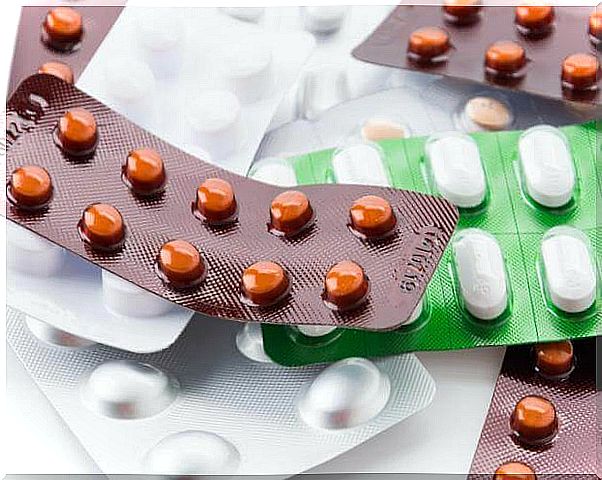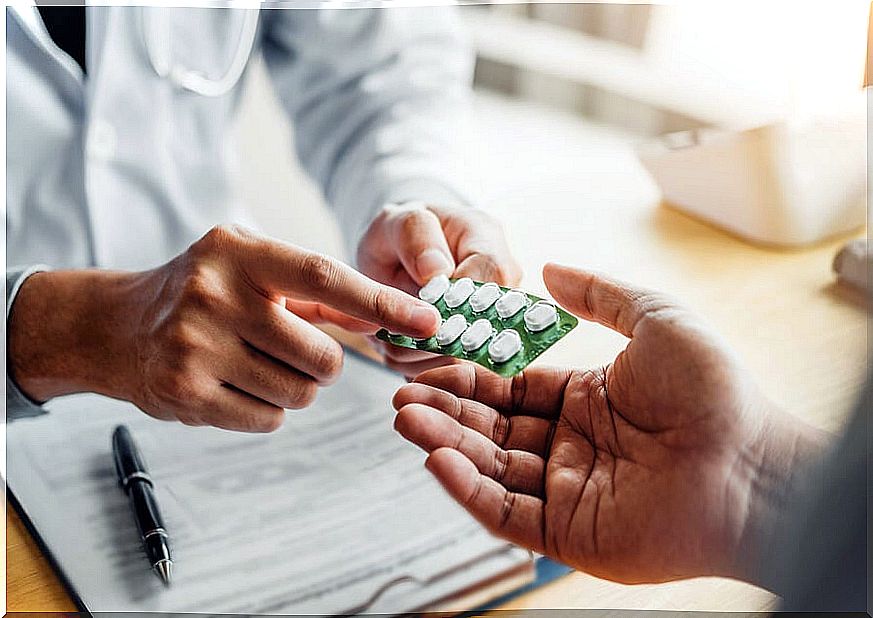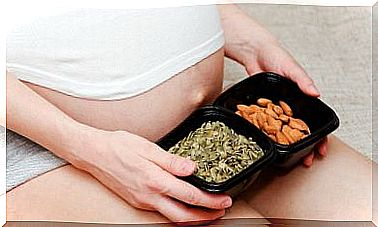How To Understand A Drug’s Package Insert?
The package insert is the written information that accompanies the drugs in their packaging. It is aimed at the patient and provides all the information on the characteristics of the drug.
It is convenient to keep the leaflet together with the medicine, so that you can read it when you have any questions. All this information is aimed at the correct use of the medicine and compliance with the prescribed treatment.
What information appears in the package insert of a medicine?

The package leaflet of a medicine provides the necessary information for its therapeutic application, such as indications, dosage, precautions, contraindications, adverse reactions or use under special conditions.
It also includes the complete composition of the medicine and the instructions for its administration, use and conservation.
Likewise, a drug’s prospectus specifies its possible adverse effects, interactions and contraindications. A summary of clinical data, pharmacological properties , or preclinical safety data also appears.
1. Composition
The first section of a drug leaflet informs about the active ingredients and the excipients that make it up. It tells us the name of the substances, the amount in which they are and their presentation.
Active ingredients are therapeutically active substances, while excipients are not pharmacologically active. It is mandatory to include the excipients in the leaflets, as they can cause allergies or intolerances in some people.
2. What is it and what is it used for?
This section contains information on the pharmaceutical form in which the medicine is presented, as well as its appearance.
The therapeutic group to which the active principle belongs and how it acts on our body is also explained . The diseases for which it has been studied and for which its use is approved are detailed.
3. What you should know before taking a medicine

Not all people can use the same medicines. For this reason, it may be necessary to take certain precautions or make special adjustments, depending on your case.
Within this section, a series of situations are specified that must be taken into account before using this medicine. For this reason, you will find these points in the prospectus of a medicine:
- ‘Do not take if’ – All cases where the drug should not be used are listed here.
- ‘Take special care if’ : special warnings and precautions for use are given at this point.
- Use with food and drink : here it is specified if the medicine can be taken with or without food, and it also specifies if you can drink alcoholic beverages.
- Pregnancy : at this point the recommendations for use in case of pregnancy are detailed.
- Lactation : recommendations for use in lactating women are given.
- Driving and using machines : it is detailed if the use of the medicine may affect the ability to drive vehicles or operate machinery.
- Use with other drugs : interactions occur from the simultaneous administration of one drug with others. This can cause an increase or decrease in the effect of some of the medications administered.
4. Dosage
In this section of the package leaflet of a medicine , the dose to be administered according to the purpose for which it is to be used is indicated. Even if it seems that it does little or more than necessary effect, you should not change the dose without consulting your doctor first.
There are medicines for which it is necessary to adjust the dose depending on whether it will be used by the elderly or by children. The dose may also need to be adjusted in people with kidney or liver problems.
In this section you will find the information on how to take it, as well as the necessary information in case you take more than you should or if you forget a dose.
5. Adverse reactions

All medications can cause side effects or adverse reactions. Side effects inform us of the unwanted reactions that a drug can produce in our body.
The most common is that there are no side effects and, if any appear, it is mild. However, if any unwanted effect or reaction appears, you should contact your doctor.
6. Preservation of the medicine
In this section of the drug leaflet, the storage conditions in which each drug must be kept are detailed. It is important to maintain the recommended temperature and humidity conditions.
Conclusion on a drug leaflet
Reading a drug’s leaflet is important, because you will have all the information you need in writing. But remember, consult your doctor or pharmacist in case of doubt. And most importantly, don’t self-medicate.









